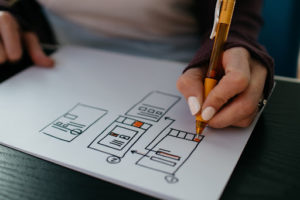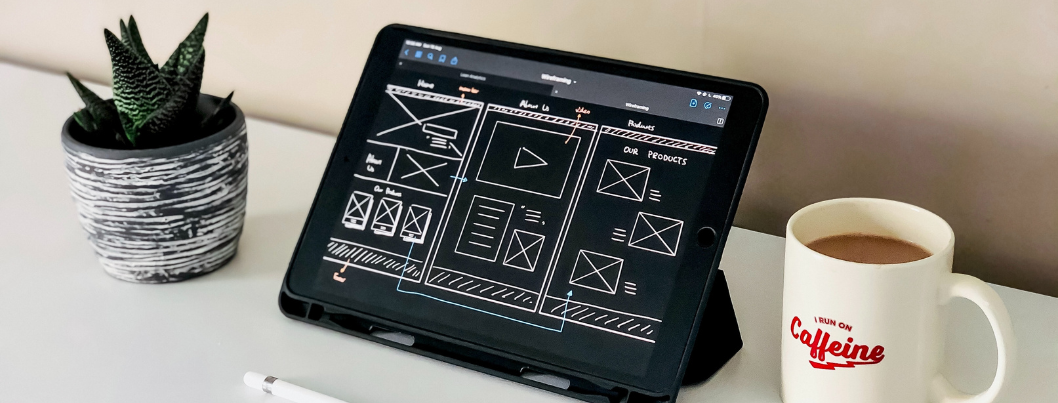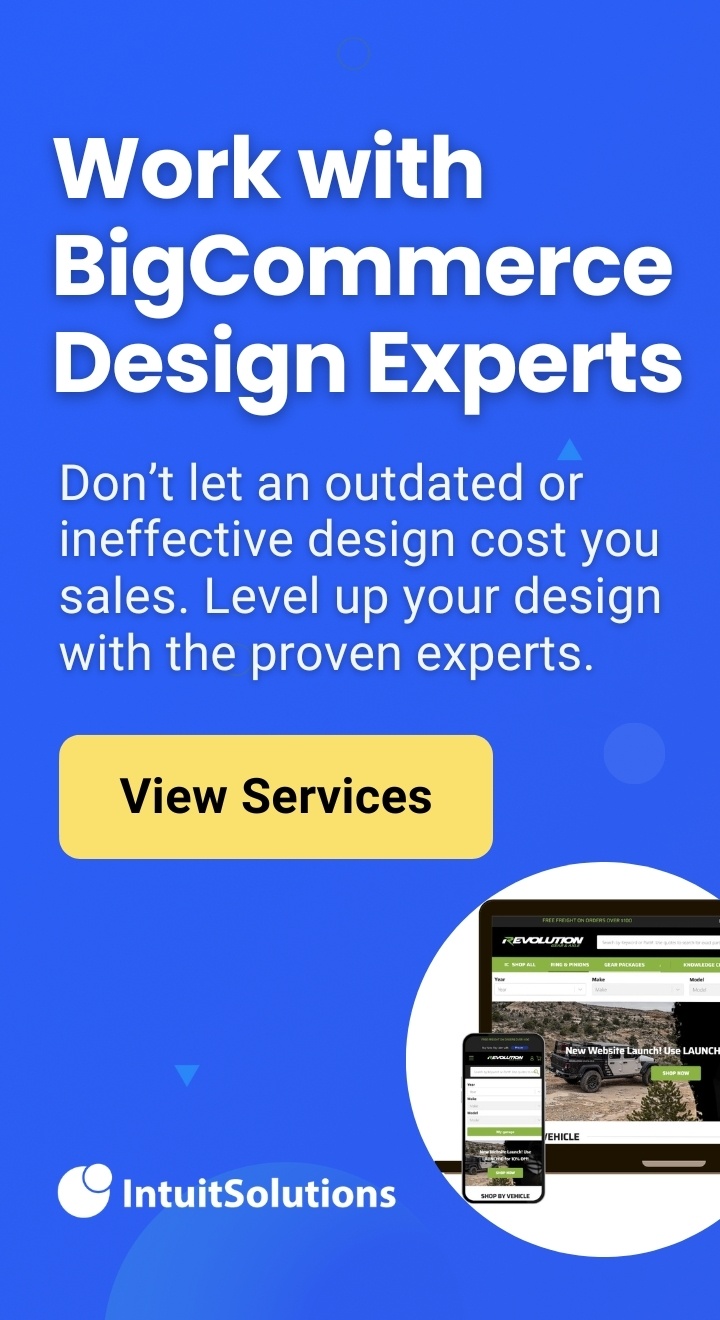A successful ecommerce site is one that fulfills its overarching purpose: to generate sales. This means the look, layout, and overall experience of the site are designed to attract visitors, convert them into leads, and guide them towards making a purchase.
Effective ecommerce design is a combination of visual elements and robust functionality. The visual side focuses on the site’s appearance, while functional design deals with how it works or how buyers interact with the site and its products.
Here we’ll look at some of the design areas that directly affect how your online store performs.
1. Established Brand Identity

The first thing visitors notice about your site is how it looks and feels. Just like each physical store has a distinct atmosphere, an online store does as well. That’s why it’s essential to have a recognizable brand identity that you can use on your website and other marketing materials. An engaging online store combines carefully selected colors, images, fonts, buttons, and other elements to create a unified look. Every part is carefully curated to convert visitors into (returning) clients.
A well-established brand should have a clear visual style that you can use across all your marketing channels. If you’re starting from scratch or rebranding, this is an area where you’ll want to invest a substantial amount of time. Once established, the brand aesthetic must be applied consistently across all touchpoints, including web design.
2. Mobile Responsive Design

Responsive web design provides an optimized website that looks and works great on any device – adapting its layout and appearance based on screen size.
Recent consumer research shows that 68 percent of U.S. shoppers use their mobile devices to research products while shopping in a physical store. As users become mobile-first consumers and spend more time browsing apps than desktops, this trend will only continue. If you want your site to attract and engage new customers from all over the world, then it needs to be accessible from anywhere at any time.
What’s more, since Google and other search engines favor sites that give users the optimal browsing experience, responsive web design helps improve the Search Engine Optimization (SEO) of your website. It also helps boost page load speed, which is a crucial factor that search engines consider when determining which sites appear in search results.
3. Effective Information Architecture (IA)

Information architecture (IA) refers to how content is structured within your site — which pages link to other pages and how those relationships are defined by page titles and URLs. This structure determines how easy it is for users to navigate between different areas of your website without getting lost along the way.
One of the key ranking factors for search engine optimization is site architecture, since the structure helps search engines discover and index all pages on your site. Without a clear structure, especially if your ecommerce site is large and complex, you may run the risk of leaving some pages unindexed. A sitemap provides search engines with a visual representation of your website’s pages and hierarchy, which is why it’s so important to create and provide one during the design process.
4. Intuitive Navigation

Navigation is the process of guiding visitors from one section of your website to another. And it’s not just about the navigation itself — it’s also about the content you’re linking to and how those links are arranged throughout pages.
Clear and intuitive site navigation should be immediate — no guessing required. Customers will ask themselves: How do I get from point A (where I just landed) to point B (where I want to go)?
A well-designed site will include easily spotted calls to action that connect with each customer’s desired outcome (for example, “shop styles,” “view related products,” or “check out”). Websites that underperform in this area create frustrated customers — and often lead to site drop-offs.
5. Easy Checkout Process

The checkout is the last chance to convert a customer, making it among the most crucial steps of the buying process. Shoppers won’t hesitate to abandon their shopping carts and head to a competitor’s site when encountering a long and complicated checkout. Preserving customer trust while creating a frictionless checkout experience can make or break the final sale.
According to a recent survey, checkout optimization can increase conversions by more than 35%. You can create seamless checkout simply by understanding which features matter to your customer base. For example, you may want to implement a single checkout page, enable purchase orders, or offer different multiple payment and shipping options.
Apps designed to work with BigCommerce, like Ebizio Checkout, offer several customization options to improve the standard checkout for customers and business owners. Have a checkout wish list, or need a complex customization? Our team specializes in completely custom checkout development for BigCommerce.
Design an Ecommerce Website that Converts
When it comes to ecommerce websites, a few details can make all the difference as to whether your customers convert or walk away. Designing an effective ecommerce website requires the right balance of industry knowledge, consumer insight, careful planning, and detailed execution. With so much to consider when designing a website, it is easy to get overwhelmed by the details. Luckily, you don’t have to undergo the process alone.
With more than two decades of experience building successful ecommerce website designs, our team of BigCommerce design and development experts know exactly what it takes to design and develop high-performing sites for any type of business or industry.
Looking for a brand new BigCommerce store design? Are you considering migrating to BigCommerce from another online platform? We’re ready to help you take your online store to the next level of growth, no matter where you are today. Send us a message or call us at 866-901-4650 to discuss how we can help your business succeed online.










